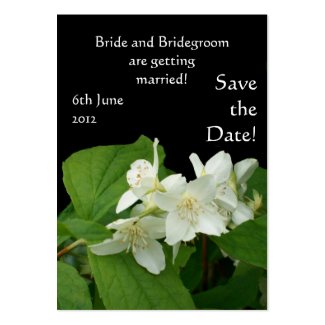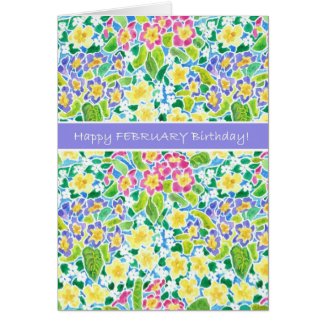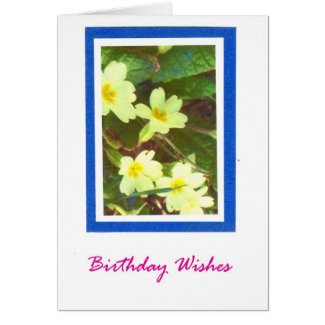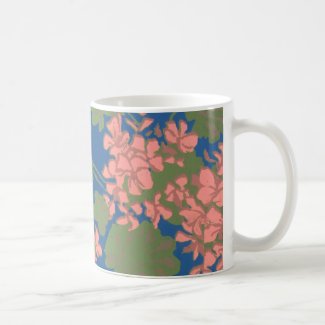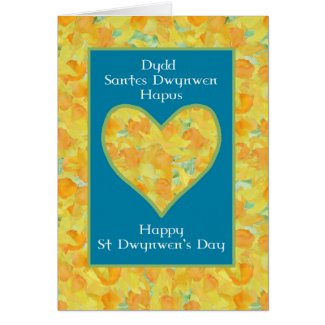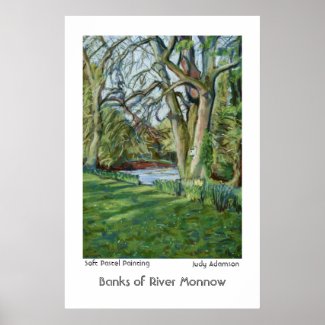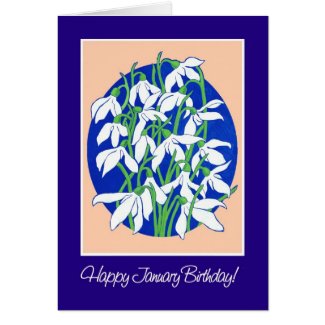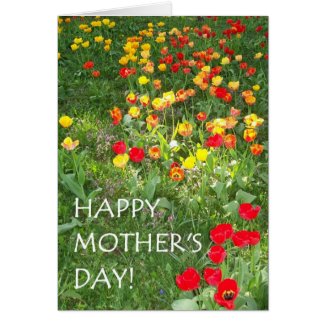‘What a strange thing to say’, was my first reaction to this quote.
And then I thought about it and yes, there is quite a lot of my ‘autobiography’ in my garden.
There are the plants that have moved house with me, some of them many times; a constant reminder of other homes I’ve had, other cities where I’ve lived.
As soon as I knew I was going to be leaving Hereford, I took some of the shoots that were growing around the base of the Mock Orange and put them in pots with some soil. By the time I was ready to sort out my garden in Abergavenny, they had grown roots and in next to no time I had a bush that has grown into a small tree!
And there are still a few that my mother sent to me many years ago, wrapped in damp kitchen paper and foil, from the garden of the house I grew up in. They bring back memories of childhood, when the garden seemed vast and I loved to lift up the stones in the rockery and watch the woodlice scurrying around underneath. Apparently I was so fond of woodlice that I asked a grown-up whether they, too, went to Heaven when they died. Obviously a very compassionate little girl, I felt so sorry for the grass because it didn’t have a lovely fragrance that I sprinkled it with my mother’s best perfume – or so I’m told!
The primroses I grow nowadays are the brightly coloured, showy ones that come in pots and I usually keep them on the shelf in my front porch.
This primrose pattern (below) started off as a screenprint, back in the '80s but I kept the original drawing and used it to make a repeating pattern that has become popular on greeting cards as well as mugs and phonecases.
I can clearly remember how they were tied in bunches and hung from long sticks that the bigger boys carried over their shoulders. And the primroses were somehow transported from the Isle of Wight, where I lived, to the East End of London, where apparently the children had never seen a copse, let alone a primrose!
So yes, there are bits and pieces of my autobiography in my garden, plants that friends have given me, sometimes to mark a special occasion, like the salmon pink geranium I was given when one of my children was born - and I expect you’re the same.
It’s nice to reminisce but probably boring for other people to hear.
But another similar quote I came across is perhaps more to the point and I’m not sure I like what it’s saying -
“Show me your garden and I shall tell you what you are”
Alfred Austin
Does my garden really reveal that much about me? I would like to think it didn’t because my gardening is so haphazard that it’s a bit of a chaos really!
But look a bit closer and it’s dreadfully untidy – a real hotchpotch of plants quietly running riot. But that’s just how I like it. I don’t like neat gardens and heaven forbid that I should ever try to constrain Nature to a straight line!
I've never been very interested in expensive plants from Garden Centres; I think you can make a very pretty and easily maintained garden using plants like Valerian, Antirrhinums and Mountain Cornflowers that some people would call weeds. I sometimes, when I have time, collect the seeds from the pods to scatter in following years. Sometimes they grow - sometimes they don't. And I certainly get my money's worth out of wallflowers! I let them stay, year after year, until they get so old and woody that they're easy to pull up.
 |
| From my bedroom window |
My lawn is very long on dandelions and other weeds and short on grass. But as long as I keep it mowed in summer, it looks pleasantly green and that’s all I ask of it, especially when the weather’s dry and proper lawns are turning brown!
I don’t stick to the rules when it comes to gardening. I tend to just do what seems likely to work, as long as it doesn't take up too much of my time. Sadly, I do occasionally ‘lose’ a plant that I’m fond of, through sheer neglect. But far more often the rather ‘broad brush’ gardening techniques that I inherited from my mother – dig a hole, put plenty of water in it, spread the plants all round in a circle, fill the hole and stamp it down firmly! – produce the desired results.
In fact I seem to have a bit of a way with dead-looking sticks that I’ve bought very cheaply. And once resurrected with a dose of TLC, they often go on to become glorious additions to my little patch.
 |
| I bought the 'Dreaming Spires' rose very cheaply in a supermarket, the Mock Orange was one of my transplants from my Hereford garden and the Honeysuckle was a very dead-looking stick! |
As I write this, I realise that Alfred Austin has a valid point. My garden does say quite a lot about me!
What does yours say about you?
 |
| Please feel free to pin or download and print this 300 dpi image (for your personal use only). |


